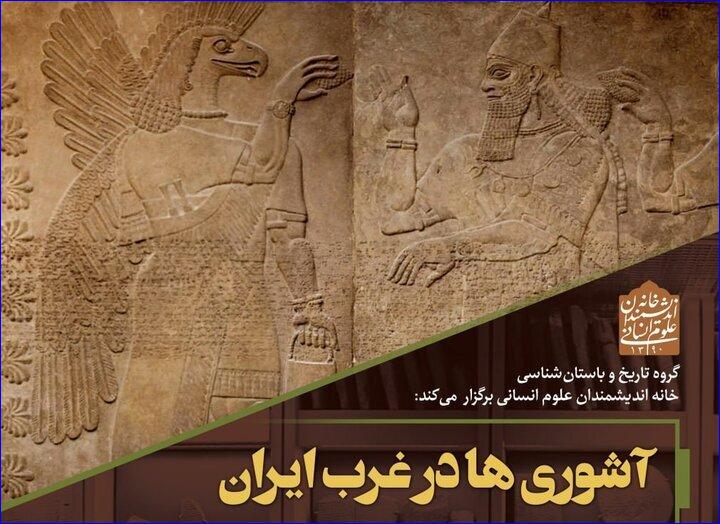


A number of historians, archaeologists, and other scholars have been invited take part in the meeting to delve deep into Assyrian history and its impact on the region.
Organized by the History and Archaeology Group at the House of Humanities Scholars, the symposium titled "Assyrians in Western Iran" will take place on August 10, Mehr reported.
The gathering is aimed to provide insights into a key period in ancient Iranian history through a series of discussions and presentations from esteemed scholars and archaeologists.
The meeting will feature several prominent speakers who will cover a range of topics related to Assyrian civilization and its interactions with neighboring cultures:
Kamyar Abdi will discuss Assyrians, Elamites, and Persians as well as Assyrian written sources in ancient Iranian history.
Mehrdad Malekzadeh will present proposals on the location of Assyrian provinces in Median territory, exploring archaeological and historical evidence that suggests potential sites of Assyrian settlements and administrative regions within the Median Empire.
Sajad Alibeygi and Iraj Rezaei will lead discussions on Archaeological discoveries and their significance in understanding Assyrian presence and influence in western Iran.
The Assyrian Empire, one of the most powerful and influential empires of the ancient Near East, played a crucial role in shaping the history and culture of Mesopotamia and its surrounding regions. Originating from the city of Ashur, located on the western bank of the Tigris River in present-day Iraq, the Assyrians were known for their military prowess, administrative capabilities, and monumental architectural achievements.
Ashur served as the capital during several significant phases of Assyrian history, including the Old Assyrian city-state (2025--1364 BC), the Middle Assyrian Empire (1363--912 BC), and the Neo-Assyrian Empire (911--609 BC). The Assyrians emerged as a dominant power in the 14th century BC, extending their influence over Mesopotamia, Armenia, and parts of Syria. Despite a period of decline after the death of Tukulti-Ninurta I around 1208 BC, Assyria regained prominence under leaders like Tiglath-pileser I and continued to expand its territory.
The empire reached its zenith between the mid-8th and late 7th centuries BC, with formidable rulers such as Tiglath-pileser III, Sargon II, Sennacherib, and Esarhaddon uniting much of the Middle East, from Egypt to the Persian Gulf, under Assyrian control. The last great Assyrian king, Ashurbanipal, is remembered for his vast library in Nineveh, which housed thousands of clay tablets and texts.
The Assyrians were not only renowned for their military and administrative acumen but also for their contributions to art and architecture.

or register to post a comment.